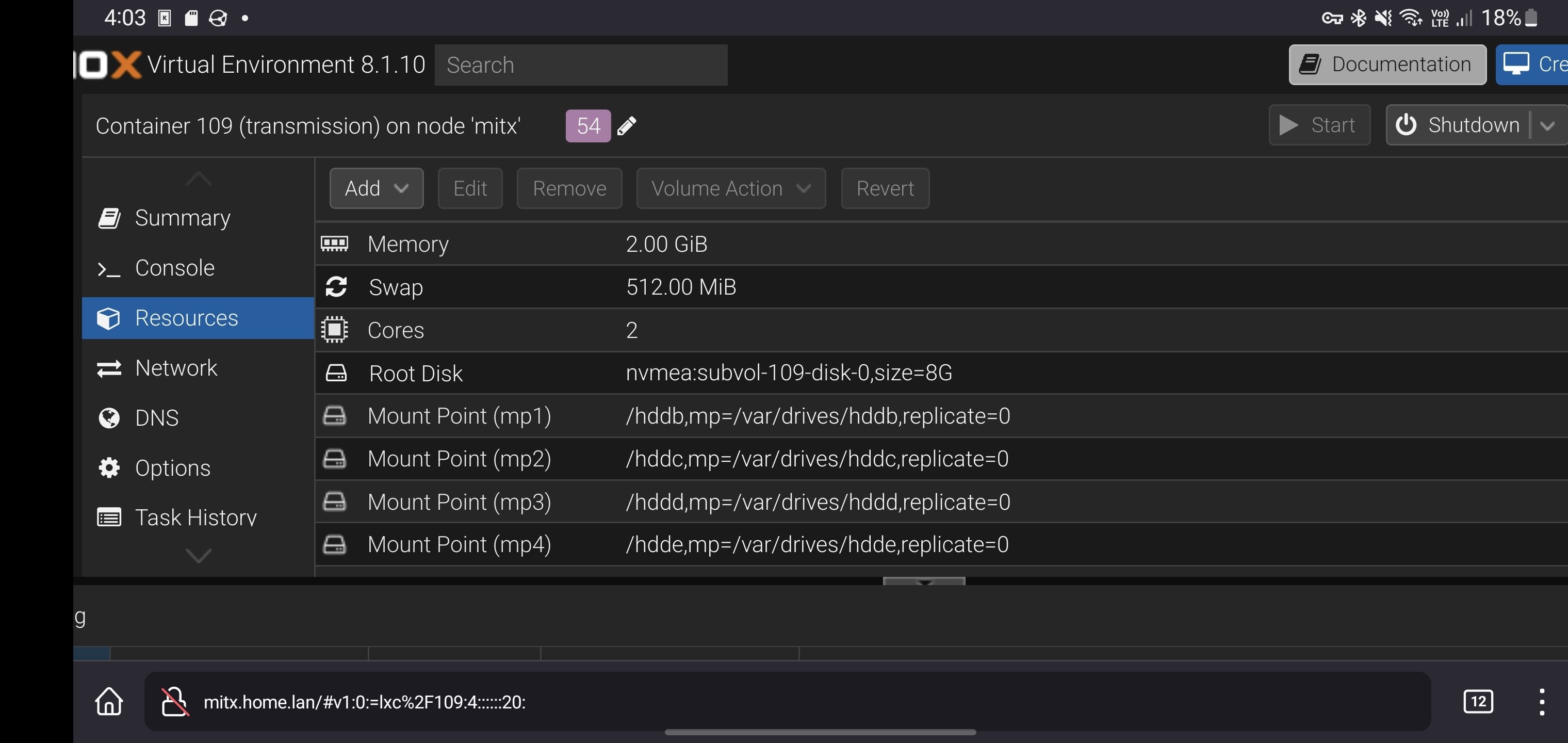

Yer I host Plex for 10+ folks and it’s an easy send. Really wish I could pipe it through CloudFlare but not willing to risk it currently.
I’ll give plexamp a go, man my tastes are all over the shop so it will be an album dump (that I should have done years ago) spinning up some old cds and the external dvd drive 😂




I’d dare say the easier method, from memory the p6 should have a charge limit in the stock firmware.
I’ve not an old Samsung s10+ kicking around with corrupted firmware, should really take a look at it and see if it can be up and running again. Not that I need more cores, ram, cameras or any additions to my equipment but just because.
It fassinates me that consumer hardware, and low power at that goes wasted so often. So many small form factor devices such as phones, with built in ups aren’t being leveraged. But I guess that comes down to proprietary binary blobs and developer work on a per device basis.
I might have to investigate what platforms mobile nixos supports and see if it’s cheap enough to dabble with.